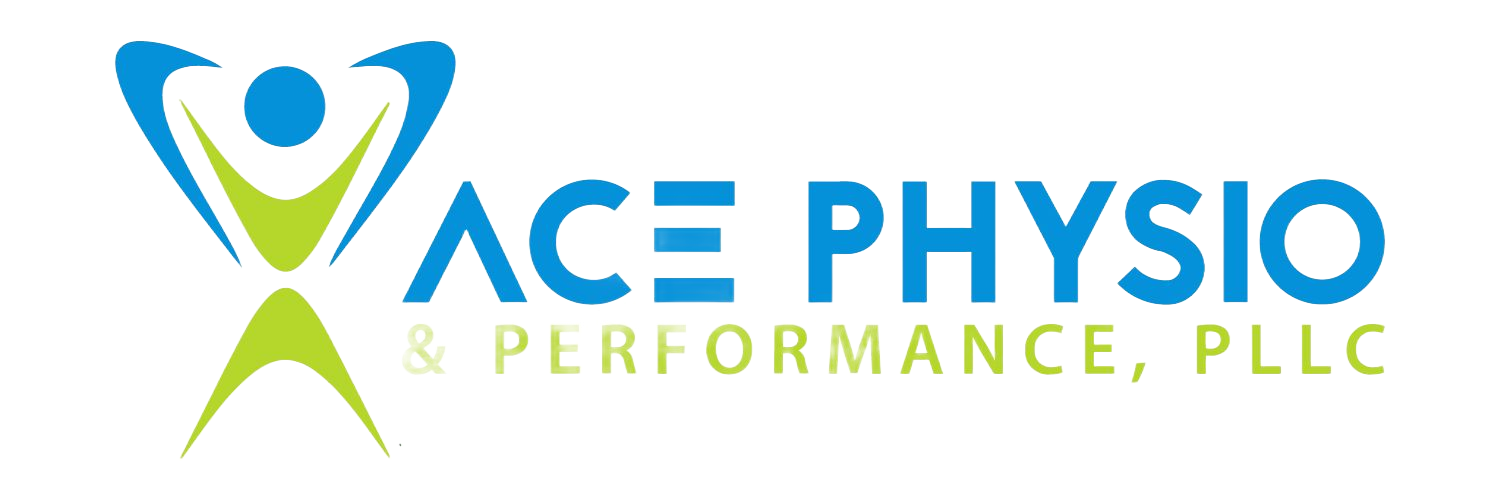Cubital Tunnel Syndrome: A Gym-Goer's Guide to Prevention and Treatment
What is Cubital Tunnel Syndrome?
Cubital tunnel syndrome (CTS) is a common condition that causes numbness, tingling, and weakness in the hand, particularly the ring and pinky fingers. It arises from compression of the ulnar nerve, which travels through a narrow passageway (cubital tunnel) located behind the elbow.
What Causes Cubital Tunnel Syndrome in Gym Goers?
Several factors can contribute to CTS in gym enthusiasts. Repetitive motions that involve frequent elbow bending, such as weightlifting exercises (bench press, curls), can irritate and inflame the tissues surrounding the ulnar nerve. Additionally, leaning on your elbows for extended periods puts stress on the nerve, potentially leading to CTS.
Symptoms of Cubital Tunnel Syndrome
Gym goers with CTS may experience the following:
- Numbness and tingling in the ring and pinky fingers, often radiating to the forearm
- Weakness or clumsiness in the hand, making it difficult to grip objects
- Pain or aching in the elbow, especially when bending or straightening the arm
- A sensation of the pinky finger being stuck or catching
Preventing Cubital Tunnel Syndrome
- Maintain proper form during exercises: Ensure you use proper form during weightlifting exercises to minimize stress on the elbows. A certified personal trainer can guide you on proper technique.
- Take breaks and avoid prolonged elbow flexion: Avoid leaning on your elbows for extended periods, and incorporate breaks into your workout routine to allow your elbows to rest.
- Stretch regularly: Regularly stretching the forearm muscles can help improve flexibility and reduce pressure on the ulnar nerve.
- Maintain good posture: Practice good posture throughout the day, including while exercising, to prevent undue strain on the elbows.
Treatment Options for Cubital Tunnel Syndrome
If you suspect CTS, it's crucial to consult a physical therapist or doctor for proper diagnosis and treatment. Treatment options may include:
- Rest: Reducing activities that aggravate the condition is essential for promoting healing.
- Splinting: Wearing a splint at night can help keep the elbow in a neutral position and prevent further nerve compression.
- Physical therapy: A physical therapist can design a personalized exercise program to improve flexibility, strengthen the forearm muscles, and reduce inflammation.
- Anti-inflammatory medication: Over-the-counter pain relievers can help manage pain and inflammation.
- Surgery: In severe cases, surgery may be necessary to create more space for the ulnar nerve.
Cubital tunnel syndrome can be a frustrating condition for gym goers. However, by being aware of the risk factors, practicing preventive measures, and seeking timely treatment, you can maintain optimal elbow health and continue your fitness journey without limitations.
Additional Tips
- Warm up before your workouts: Perform dynamic stretches to warm up your elbow joints before engaging in weightlifting exercises.
- Listen to your body: Pay attention to any pain or discomfort in your elbows and adjust your workout routine accordingly.
- Don't ignore symptoms: If you experience persistent numbness, tingling, or weakness in your hand, consult a healthcare professional for prompt diagnosis and treatment.
By following these tips and recommendations, you can effectively prevent and manage cubital tunnel syndrome, ensuring a safe and enjoyable gym experience.
REFERENCE
1. www.hopkinsmedicine.org/health/conditions-and-diseases/cubital-tunnel-syndrome











